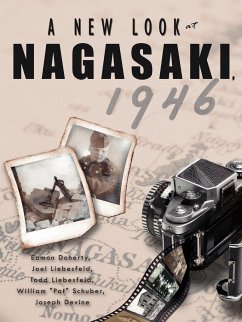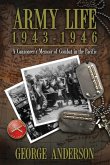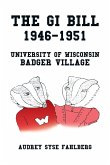This book takes both a historical and personal views of the atomic bombing of Nagasaki on August 9, 1945. The historical view is provided by Dr. Devine, Joel Liebesfeld, Todd Liebesfeld, Esq., and Prof. Schuber. The personal view is presented by Dr. Doherty who discusses the account of Robert J. Walsh, a U.S. Army 34th Infantry soldier telephone lineman, who was stationed near Nagasaki. Robert took approximately 275 pictures for his photo album with a simple Kodak camera. Many of the pictures are at ground zero and show the devastation of the atomic bomb as well as a marker for the epicenter. Robert was also electrocuted on high voltage wires and fell off a telephone pole to the ground. His back was broken in three places and he was put in a coma so that he would stay still and the back could be fused. While in a coma, Robert was lost in one of the nearby hospitals. His mother received a telegram that he was lost. His mother was completely beside herself and turned to Congressman Fred A. Hartley Jr. for help. Congressman Hartley launched an investigation and found Robert in a hospital in Japan. Robert was in a body cast for two years, part of it in a coma, but did not get a bed sore due to the results of a Japanese nurse named Snowball who invented a special medical instrument that she used with Robert. Robert was brought back home and brought back to Walter Reed Hospital where doctors used innovative techniques to help him heal and walk again. The book also ends with Robert as a senior citizen who lives a normal life leading a dance group at his retirement center.
Hinweis: Dieser Artikel kann nur an eine deutsche Lieferadresse ausgeliefert werden.
Hinweis: Dieser Artikel kann nur an eine deutsche Lieferadresse ausgeliefert werden.








